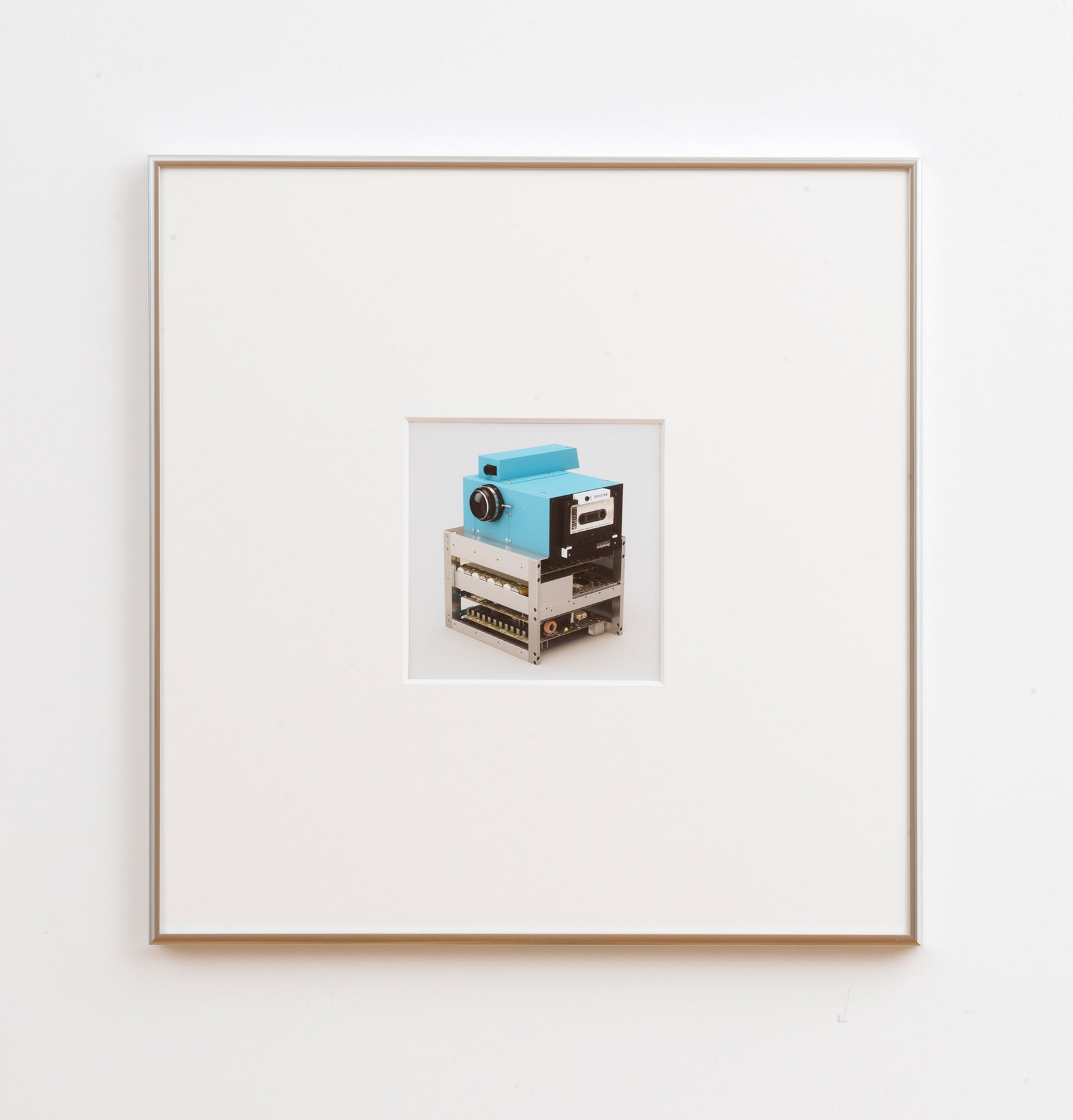
Kodak
Press: BOMB, Camera Austria, Art in America, Art Agenda, After Image, Chicago Magazine, Nick Irvin's exhibition text
Bootleg of a bootleg taken during a screening at the ICA Philadelphia
Email awilso7@saic.edu for the password to the full video
Kodak
33m ● HD Video ● Colour ● Stereo ● 2019
Directed by Andrew Norman Wilson
Written by Andrew Norman Wilson and James N. Kienitz Wilkins
Produced by The Stolbun Collection, Kunstlerhaus Stuttgart, Center for Contemporary Art Futura (Prague), KRIEG (Hasselt), and Fotomuseum Winterthur
Kodak hired my father straight out of college in 1976 to work in their film processing labs. One year prior, a Kodak employee had invented the first digital camera. In 2012 Kodak went bankrupt, and today operates at a fraction of its former scale. Over the course of my father’s 30+ year career with the company, he worked amongst blind people who were hired to handle film in the dark due to their heightened tactile sense.
Rich, the protagonist of this video, is a hybrid of my father and an imagined character who worked in film processing at Kodak until a workplace accident left him blind. He then started working in the dark, packaging film with other blind Kodak employees until they were laid off as the company lurched towards bankruptcy. When we catch up with Rich, he’s been unemployed for ten years and seems to be gradually losing his mental faculties. He spends his time in the Rochester public library, shuttling back and forth through copies of tape recordings that Kodak founder George Eastman made near the end of his life in 1930. The story is told through Rich’s point of view.
Screenings
International Film Festival Rotterdam - Rotterdam, The Netherlands (Found Footage Award Winner)
Kodak & Other Works, Regent Street Cinema (presented by the Photographer's Gallery) - London, England
Mediums & Kodak, Union Docs - New York, New York
Fake Friends, Institute of Contemporary Art - Philadelphia, Pennsylvania
Caro Sposo, Paris Avant-Premiere- Paris, France
Projections, New York Film Festival - New York, New York
Camera Austria - Graz, Austria
Chicago Underground Film Festival - Chicago, Illinois
Moscow International Experimental Film Festival - Moscow, Russia
Krakow Film Festival - Krakow, Poland
Exhibitions
Hirngespenster, Kunstverein Braunschweig - Braunschweig, Germany (solo)
SITUATION, Fotomuseum Winterthur - Winterthur, Switzerland(solo)
Kodak, Document - Chicago, Illinois(solo)
KRIEG - Hasselt, Belgium (solo)
Center for Contemporary Art Futura - Prague, Czech Republic (solo)
1975 Digital Camera Prototype by Eastman Kodak engineer Steven Sasson
2019, Archival Pigment Print of 3D model, 6h x 6w in
1975 Digital Camera Prototype by Eastman Kodak engineer Steven Sasson (2019) is a deceptively photorealistic 3D model of the titular prototype, rendered as if it were shot on film and in a style that refers to both commercial studio photography and museum artifact documentation. To make the image, I worked with a 3D artist he found on the global freelancing platform Upwork. Modeled in the 3D computer graphics software 3Ds Max, the construction of the image has more to do with painting and collage than lens-based photography.
Kodak hired my father straight out of college in 1976 to work in their film processing labs. One year prior, a Kodak employee had invented the first digital camera, which included a lens scavenged from a used Super-8 movie camera; a portable digital cassette recorder; 16 nickel cadmium batteries; an analog/digital converter; and several dozen circuits. The prototype was shelved because management thought consumers would never want to look at photographs on a television set. At the end of his 33 year career with the company, my father was subcontracted to Kodak by Datrose, without benefits, to maintain the quality of their call center operations for the digital Kodak Picture Kiosk printers.
I now sell this 3D model, as well other Kodak products, on the 3D model marketplace Turbosquid: https://www.turbosquid.com/FullPreview/Index.cfm/ID/1407419
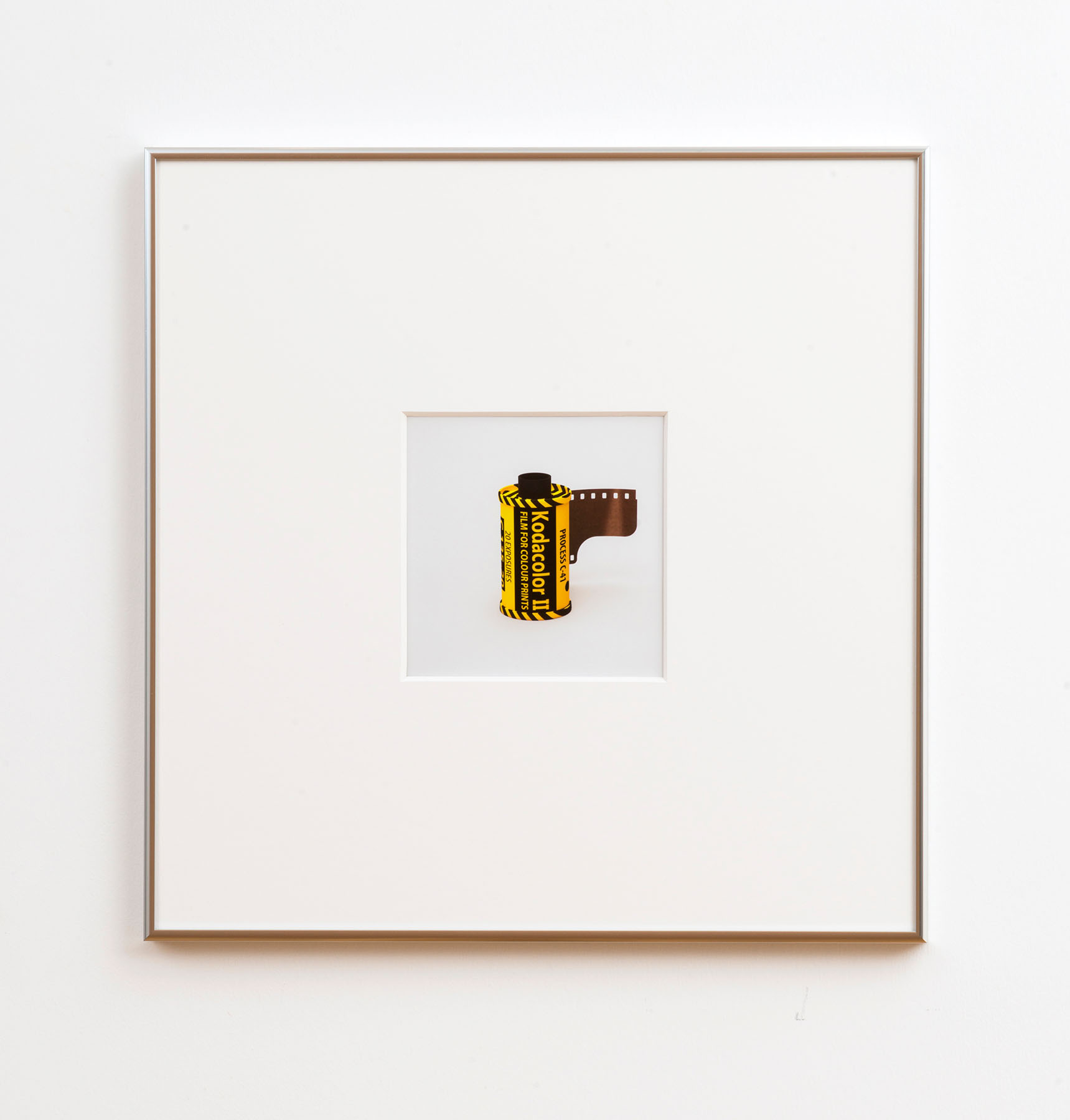
1977 Kodacolor II C 135-20 Color Negative Film
2019, Archival Pigment Print of 3D model, 6h x 6w in
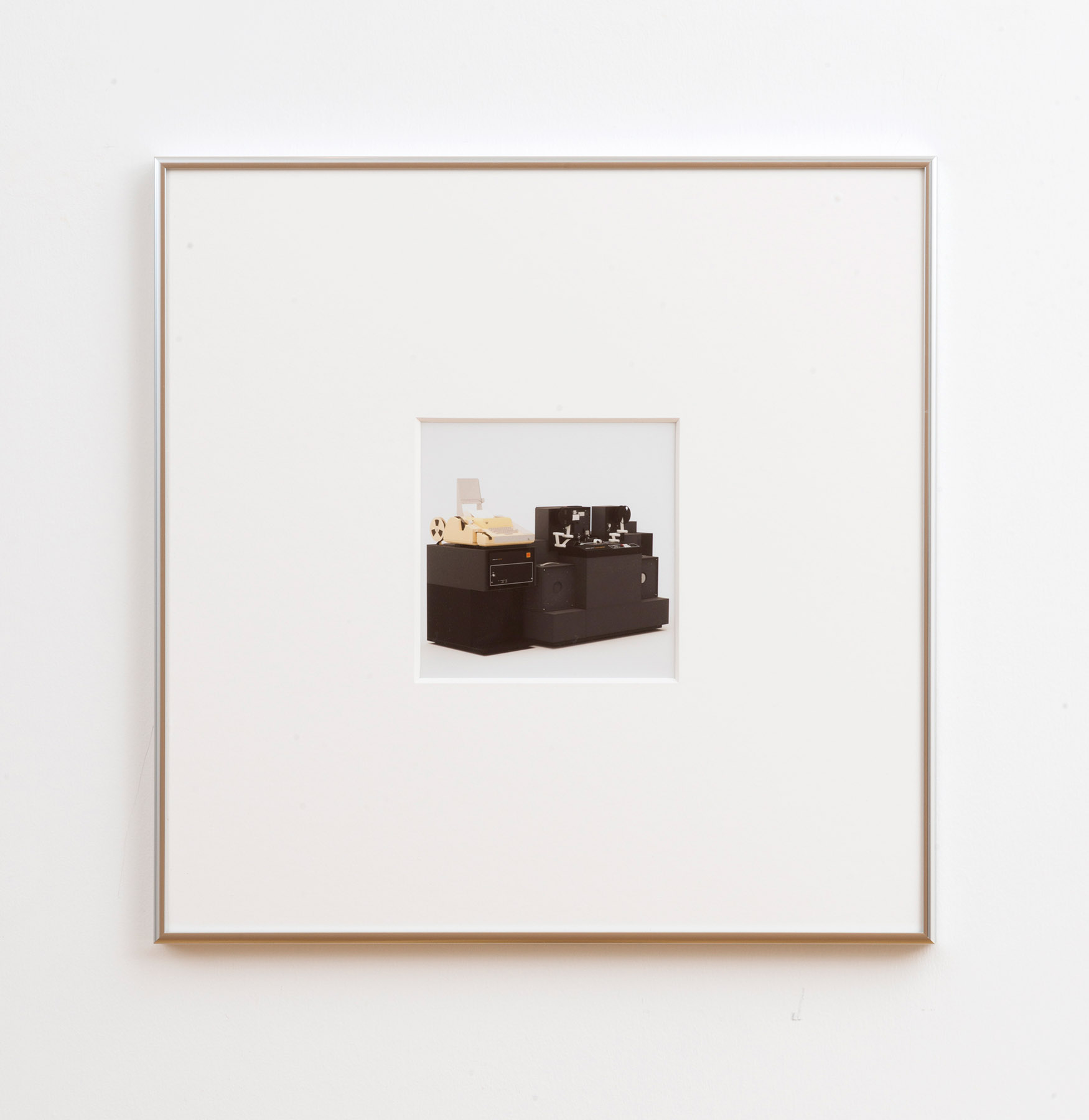
1982 Kodak 2610 Color Printer-Computer Assembly
2019, Archival Pigment Print of 3D model, 6h x 6w in
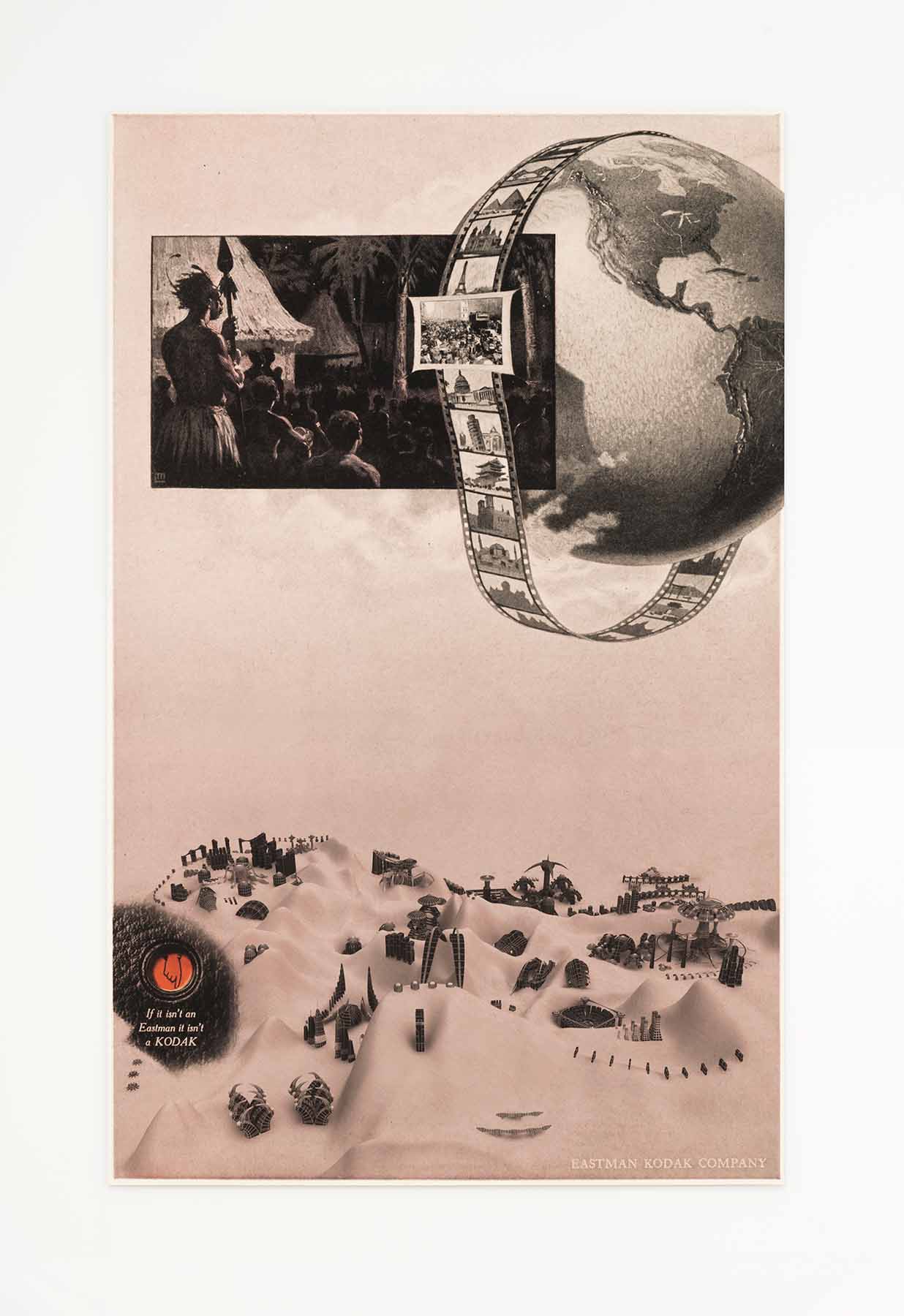
Globalism with Space Station
2019, Ink on paper, 77 1/2h x 49w in

Globalism with Space Station (detail)
2019, Ink on paper, 77 1/2h x 49w in
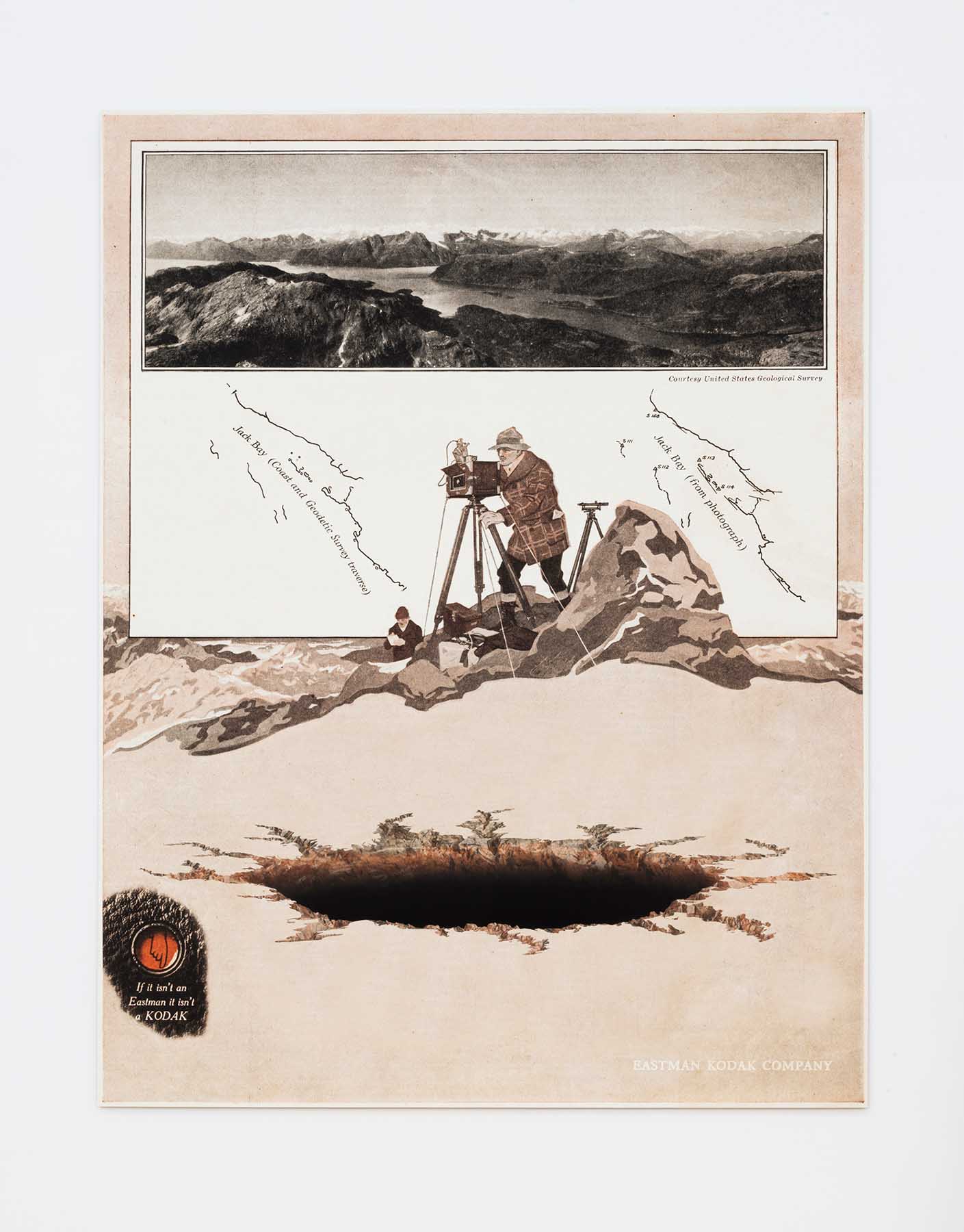
Map Making With Pinge
2019, Ink on paper, 77 1/2h x 59 1/2w in

Map Making With Pinge
2019, Ink on paper, 77 1/2h x 59 1/2w in

Structural Analysis with Clones
2019, Ink on paper 77 1/2h x 59 1/2w in
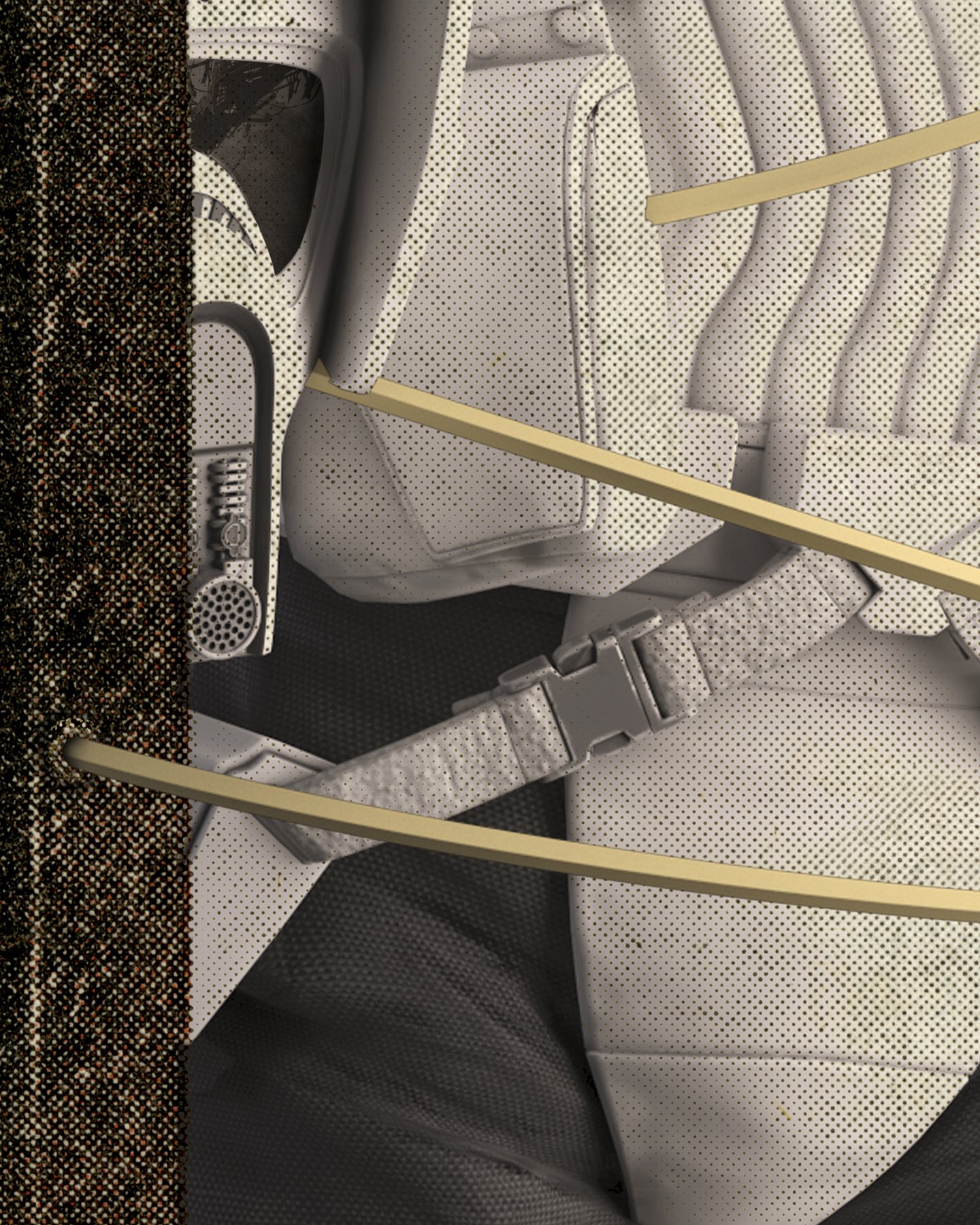
Structural Analysis with Clones (detail)
2019, Ink on paper 77 1/2h x 59 1/2w in
Globalism with Space Station, Map Making With Pinge, and Structural Analysis with Clones are 6.5' tall works on paper based on high res scans of Kodak ads from magazines published in the 1910s-20s. First the scans were enlarged to reveal the material qualities of the original paper and offset printing, along with their transformations over time. Next, Photoshop was used to edit out the original ad copy, which claimed that photography affords an easily distributable visualization of truth, allows people to see the world in more detail, and shapes a global consciousness. In the place of this text, offset printing dots and paper imperfections sourced from the original scans were seamlessly assimilated. Then computer generated images from the stock 3D model marketplace Turbosquid were superimposed to reinforce the pictorial depth of the original ads and extend their claims into speculative future scenarios. Hand-painted elements were smuggled in as well.
Beyond the specific political and ecological narratives suggested by each work, these collages embody the loss of photography's truth claims and informational value. Amidst this undoing, image-making has returned to something more like illustration or Western historical painting through the potential for infinite mutability in digital post-production and computer generated imagery.